The writers of this blog are part of Renatura Congo, an NGO dedicated to promoting sustainable development through biodiversity conservation. This exchange journey was made possible through co-funding by Rainforest Trust and Blue Ventures, aligning with Renatura Congo’s strategic plan for networking and knowledge-sharing on community-led marine protected areas (MPAs). Senegal is a prime example, boasting over a decade of experience in diverse MPA setups, highlighting successful transitions from MPAs to Community Marine Protected Areas (CMPAs) and natural reserves to CMPAs. The shared context enhances the value of collaborative efforts in pursuing sustainable marine conservation.
In October, our Renatura Congo team, accompanied by government and community association representatives, went on a learning trip from Congo-Brazzaville to Senegal. The goal was to learn from successful community marine protected areas and lay the foundation for the Loango Bay Community Marine Reserve, Congo’s first-ever marine protected area (MPA).

Not minding the scorching heat on the first day, we explored the Somone MPA with Lieutenant Khatab DIOP as our guide. We went on foot, took canoe tours to see Bird Island and mangroves, and engaged with local stakeholders. A visit to the oyster women’s restaurant showed us how the MPA supports economic activities in its community. We got to see the commitment of local communities and how tourism, business, and conservation work hand in hand.

We also met with the Somone MPA management committee, explored the premises funded by tourism, and met key figures, including the President of the committee, representatives of economic interest groups, state agents, and more. We learnt that the collaboration of the entire community, driven by voluntary commitments, didn’t happen overnight. It took time to raise awareness, but now all stakeholders recognise the mutual benefits of their involvement.
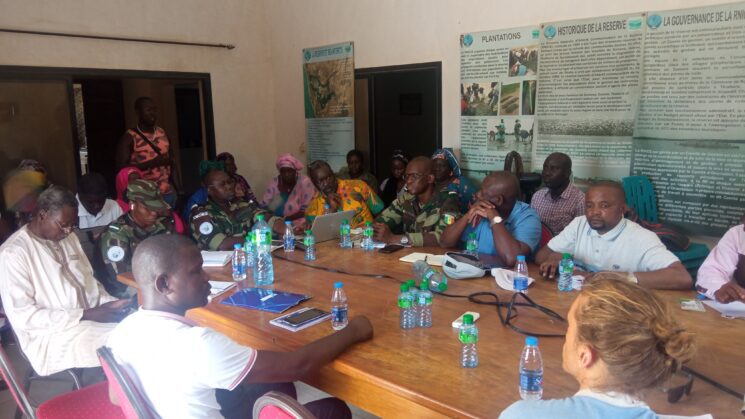
The next stop on our trip was the vast Palmarin Community Reserve, characterised by diverse landscapes such as lagoons, savannahs, salt marshes, coast, and mangroves, starkly contrasting the previous locations. Unlike marine protected areas, Palmarin is a community reserve established through municipal deliberation. The discussions with the team there highlighted the importance of legitimacy and legality. Legitimacy comes from local communities deciding on the reserve’s creation, while the enforcing of regulations by government agents creates legality, a bottom-up approach in Senegal different from the historical top-down methods.
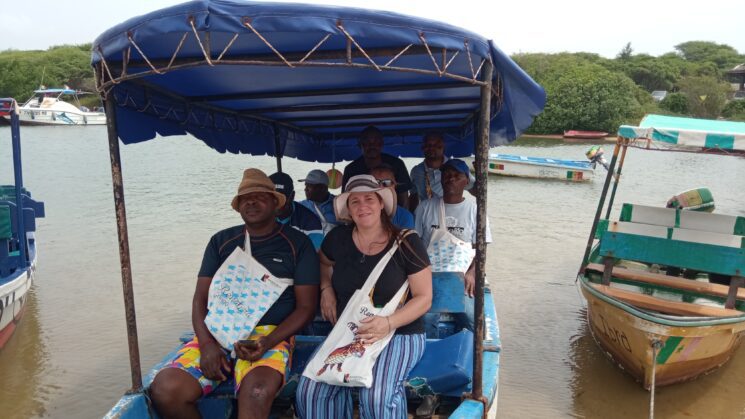
The day concluded with a horse-drawn carriage excursion through the reserve at sunset to see the spotted hyenas, and it was truly incredible! A small group of these fascinating creatures lives in the reserve, emerging from the mangroves at dusk. The encounter with the large carnivores in their natural environment was impressive, and the landscape added to the moment’s magic.
The next day, we visited one of Senegal’s earliest MPAs, Joal Fadiouth. It encompasses 174 square kilometres and includes the country’s largest artisanal fishing port. Commander Diba and President Abdou Karim Sall shared insights into the MPA’s challenges and successes.
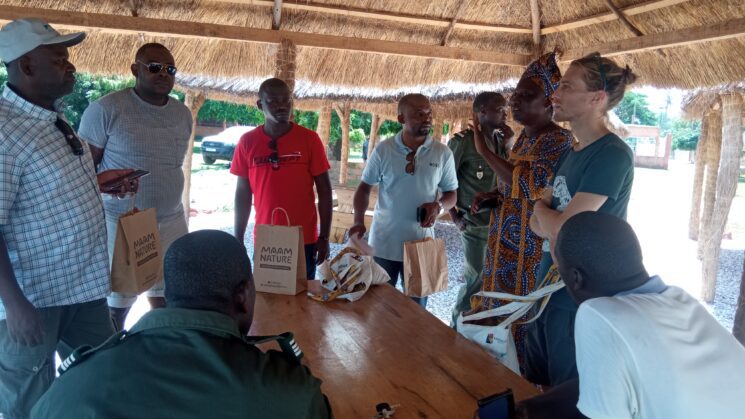
The MPA has created strict rules prohibiting fishing nearshore and regulates subsequent areas with the exception of industrial fishing. The MPA members stressed the crucial role of awareness and communication to gain fishermen’s support. This support relies on community leaders’ commitment to protect resources untainted by economic interests, especially in the initial years of MPA creation, where means may be limited.
In the afternoon, we visited groups of women engaged in various income-generating activities such as producing biochar from straw and clay, beekeeping, oyster farming, and processing seafood products. These initiatives empower women to generate substantial income, fostering economic independence while aligning with the goals of preserving the MPA.
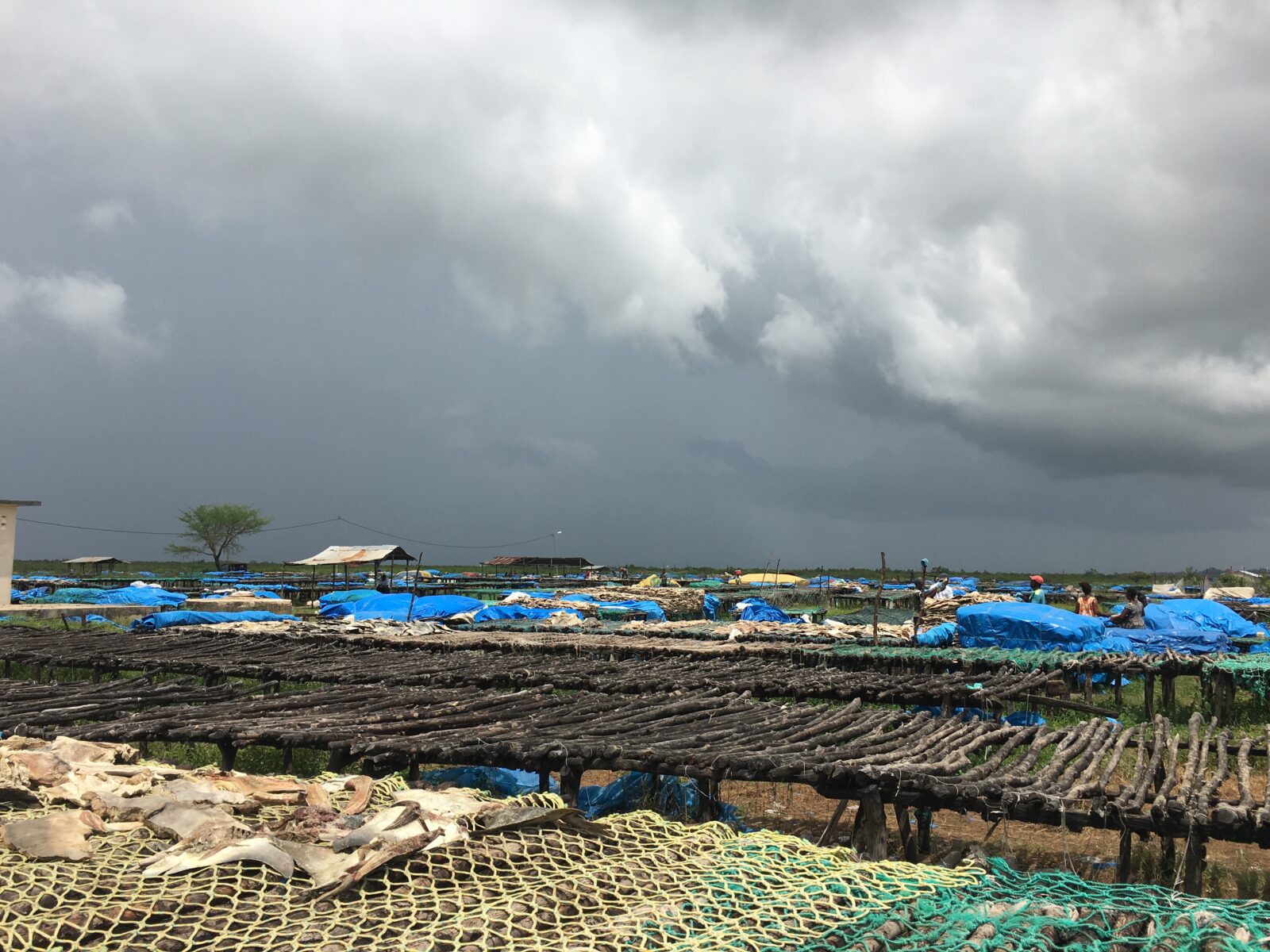
At this point, we had started piecing together that the heart of Marine MPAs is the active involvement of communities and their leaders. They’re the ones who decide to create the MPA and set the rules, working together in the management committee with all the local stakeholders. The government adds legitimacy to the MPA, enforces rules, and joins the management committee. Making MPAs successful is a gradual process, demanding significant effort. We also realised how crucial awareness and communication are.
The role of women stood out, especially in Somone, where they lead efforts to restore the damaged mangrove through community projects. Women play a vital part in supporting income-generating activities in economic interest groups. Additionally, creating a reserve starts with noticing significant environmental degradation each time, showing the community’s interest in protecting their resources.
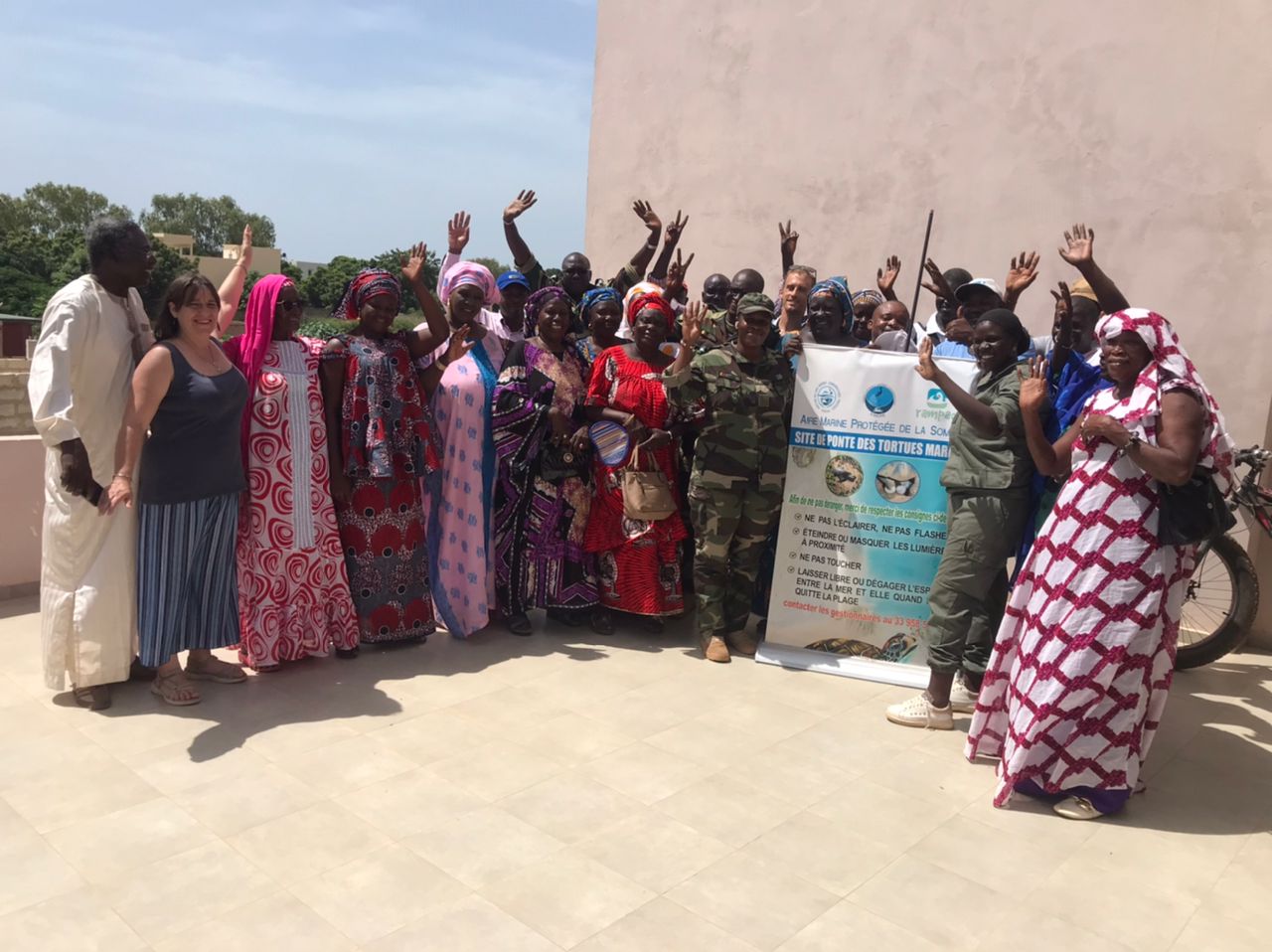 The trip ended on Gorée Island, adding a historical touch. We met with Staff Sergeant Omar Ndayane from the Gorée MPA, who stressed the importance of being on the ground, responsive, and involving the community.
The trip ended on Gorée Island, adding a historical touch. We met with Staff Sergeant Omar Ndayane from the Gorée MPA, who stressed the importance of being on the ground, responsive, and involving the community.

This exchange left a mark on our team, reminding us of how vital community involvement, flexible governance, and balancing rules and community support are for successful MPAs. We have a lot of gratitude to Blue Ventures and Rainforest Trust for this eye-opening experience that will shape the future of the Loango Bay Community Marine Reserve. As we headed home, we were loaded with knowledge, inspiration, and gratitude, ready to kick off the journey of supporting local communities and securing the sustainable future of Loango Bay. The stage is set, the actors are ready, and the conservation show goes on.

